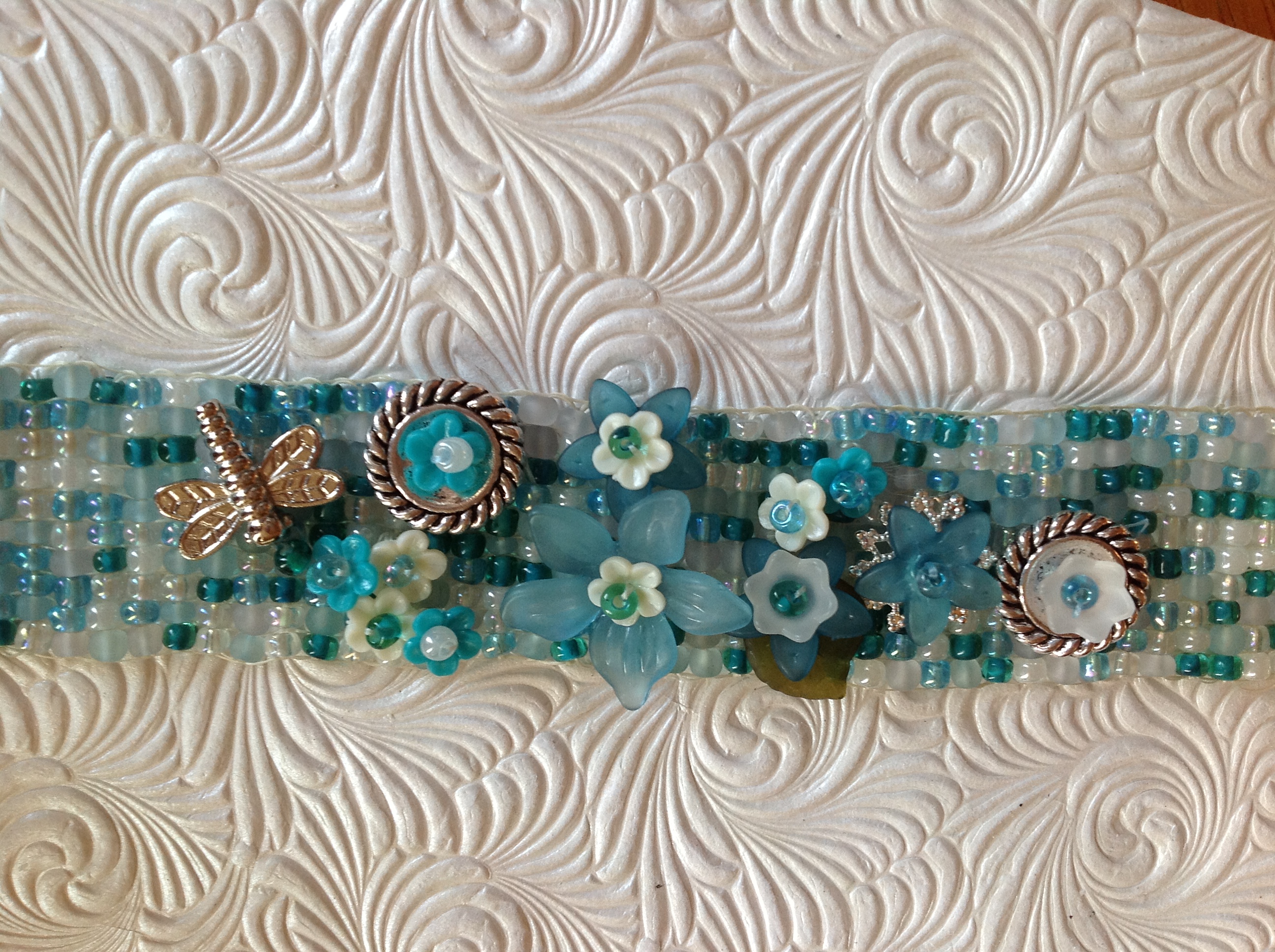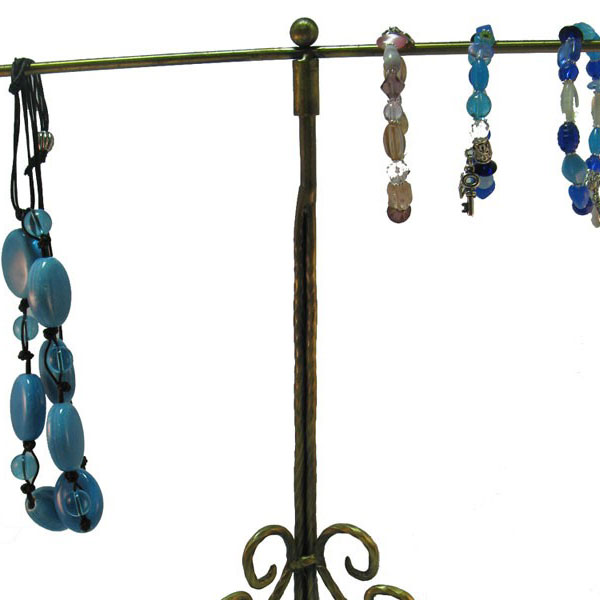
When used with cord or stringing wire the knot should be placed inside the bead tip with a little glue for added security. The bead tip can then be attached to the loop of a clasp or a jump ring.

Once placed in position they are squeezed gently with a pair of flat nosed pliers to close them. They have a metal hook or ring at their top for attaching to a clasp and, if hinged at the bottom, a small hole for feeding stringing wire, thread or cord through. They resemble a hollow metal bead, split in two and hinged at the bottom or the side.

There are no rules when it comes to matching bell caps to beads by size, being a case of experimentation to achieve the desired look for any particular design.Īlso called Calottes, Clam Shells and Knot Cupsīead Tips are used at the ends of necklaces or bracelets to cover a crushed crimp bead or to hide a knot in cord or stringing wire. On a functional level they can be used to reduce down larger bead holes to prevent head pins slipping through, or to cover damage around a bead hole. They can be used to cap both ends of a bead or just one, with the latter creating an acorn effect. As a general rule more decorative bell caps should be paired with plainer beads. These versatile findings can be plain in design or ornamental, with surface decoration, fluting, as well as cutouts and filigree work, allowing more of the beads surface to show through.
#BEAD FINDINGS PROFESSIONAL#
There are no rules when it comes to matching bead caps to beads by size, being a case of experimentation to achieve the desired look for any particular design.īead Cones are metal cone shaped jewellery findings that are used to secure and cover the ends of several strands of beading.īell Caps are used to accentuate and frame beads whilst ensuring a decorative professional finish.

As a general rule more decorative bead caps should be paired with plainer beads. It is meant to slide onto the chain rather than to be soldered to it so that the pendant is not permanently part of the chain.īead Caps are used to accentuate and frame beads whilst ensuring a decorative professional finish. Jump to a jewellery findings: A B C D E F G H I J K L M N O P Q R S T U V W X Y Zīails are used to connect and position a pendant onto a necklace using clips, glue or a ring embedded in the pendant itself. If you are planning to buy jewellery findings Big Bead Little Bead offers both Contemporary Jewellery Findings and Vintage Jewellery Findings in a variety of jewellery finding styles, sizes and finishes. To these metal jewellery findings can be added a variety of applied finishes such as antique copper, antique silver, black antique, bronze and gunmetal. Most modern jewellery findings are available in both precious and base metals, including brass, solid copper and sterling silver, as well as plated metals such as gold plated and silver plated. This guide to jewellery findings focuses on the jewellery components used to bring structure and interest to your beaded designs by connecting, embellishing, finishing, or spacing the beads within your piece to achieve a finished and professional look. A jewellery findings guide from A to Z providing illustrations and descriptions detailing each type of jewellery finding.


 0 kommentar(er)
0 kommentar(er)
